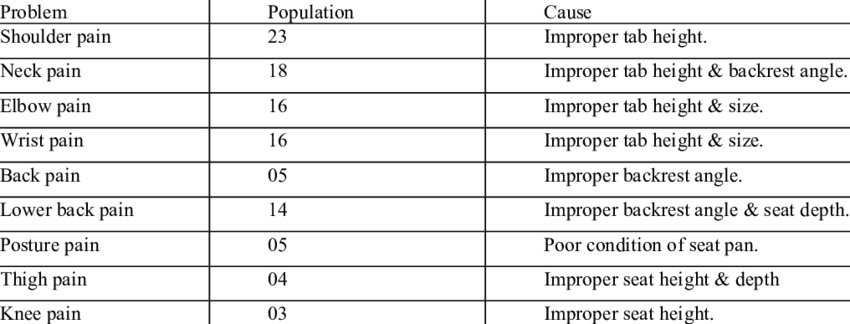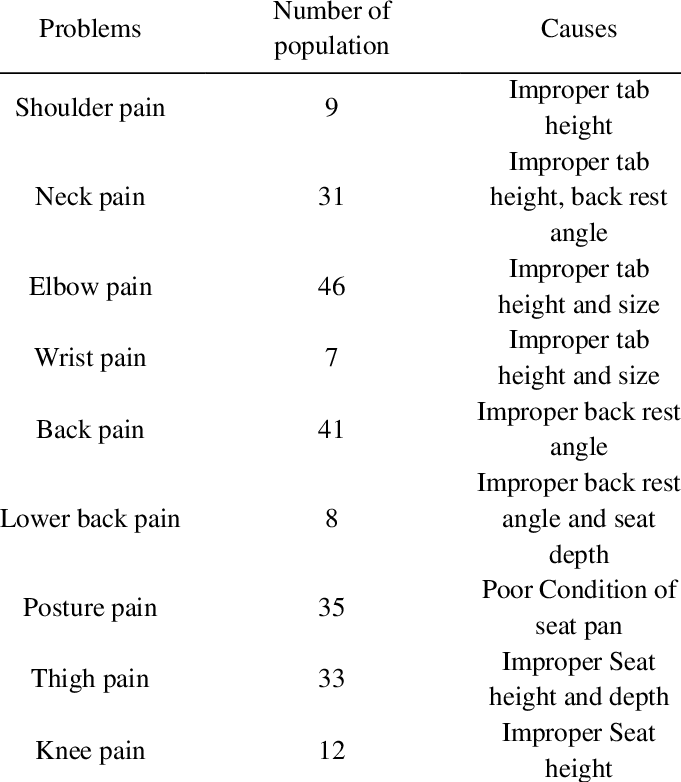
Referred pain is generally pain felt at a distance from its source
This common condition is most often caused by problems in thoracic and abdominal organs. Common examples are heart disorders, infections of the stomach and intestines, tumors, kidney problems and bladder or kidney infections. For instance, kidney disease, the most common cause of referred pain in the abdomen, can result in referred pain in the left flank.
Pain due to a tumor in the liver can also be called reflected pain. The most common causes of liver pain are gallstones, gallbladder disease, gallstones, and tumors of the pancreas and bile duct. Pain from tumors in other organs is also commonly referred to as pain.
The term "reflected pain" actually refers to the sensation that the person in pain is feeling the impact on another part of their body. Although this phenomenon does not necessarily indicate the presence of physical injury, pain caused by such sources is usually classified as "reflected" reflected pain. "
Physiologically, pain occurs as a result of physical injury or damage to nerves, muscles, or bones. Pain symptoms range from mild discomfort to severe pain. Some types of pain can be relieved with medication, while others require surgery. Most of the pain people experience is "reflected pain." Reflected pain occurs due to damage to nerves, muscles, or bones that affects the person's ability to feel pain.
It is also believed that pain is associated with emotions such as fear and stress. When a person is afraid, he experiences pain for a different reason than when he is under stress. However, both conditions can lead to chronic pain. Pain due to brain and spine injury can lead to neuropathic pain, characterized by chronic pain that lasts for a long time.
When someone is in pain, the symptoms of pain can vary. Sometimes the pain can be so severe that it seems to a person that he is about to die. This type of pain can sometimes be fatal.

Pain can also be classified as acute or chronic depending on how long it lasts. There are also various levels of pain depending on the severity of the problem, with acute pain lasting between six weeks and a few months, whereas chronic pain lasts longer.
Pain can be diagnosed by using the classification system developed by the American Pain Foundation (APF) called the ICD-9. Pain is measured as the sum of the scores given to each of the symptoms of pain. The score can range from zero to 100, with higher scores indicating more severe pain.
The pain experienced may include burning, tingling, warmth, and/or pain during sleep, which can result in the inability to fall asleep or remain awake. Many people suffer from chronic pain and may need to take pain medications on a regular basis.
Many times, pain relief comes in the form of medication. Some patients are given over-the-counter pain medication to alleviate symptoms. Other people are prescribed pain medication only to relieve acute pain. While there are no known cures for pain, there are ways to treat the pain.
Pain treatment varies according to the type of pain, its source, and whether it is acute or chronic. There are several types of pain relief available. Some people need a combination of medication and exercise to relieve chronic pain. Although surgery may be considered for chronic pain, it is usually reserved for very severe cases.
Surgery is often used only to relieve pain resulting from injury or disease that has spread to the bones or muscles. It is often necessary to remove part of the bone or muscle for proper healing. Other surgeries, including joint replacement, will remove the affected area permanently.
Non-surgical methods of pain management include acupuncture and massage. In some cases, chiropractic care and massage are also helpful. Physical therapy, cognitive behavioral therapy (CBT), and herbal supplements are also used. The most common non-invasive method of pain relief is surgery.